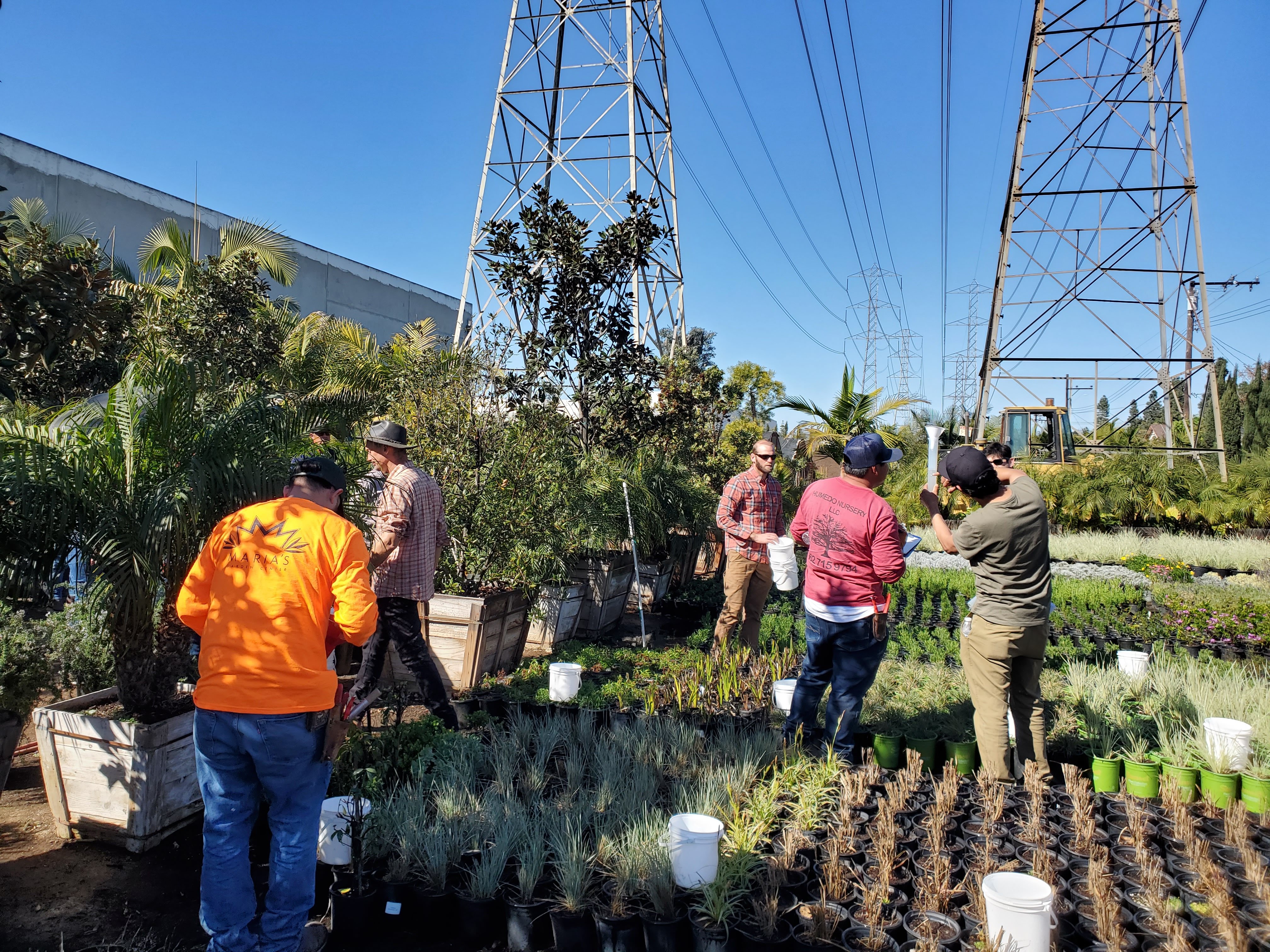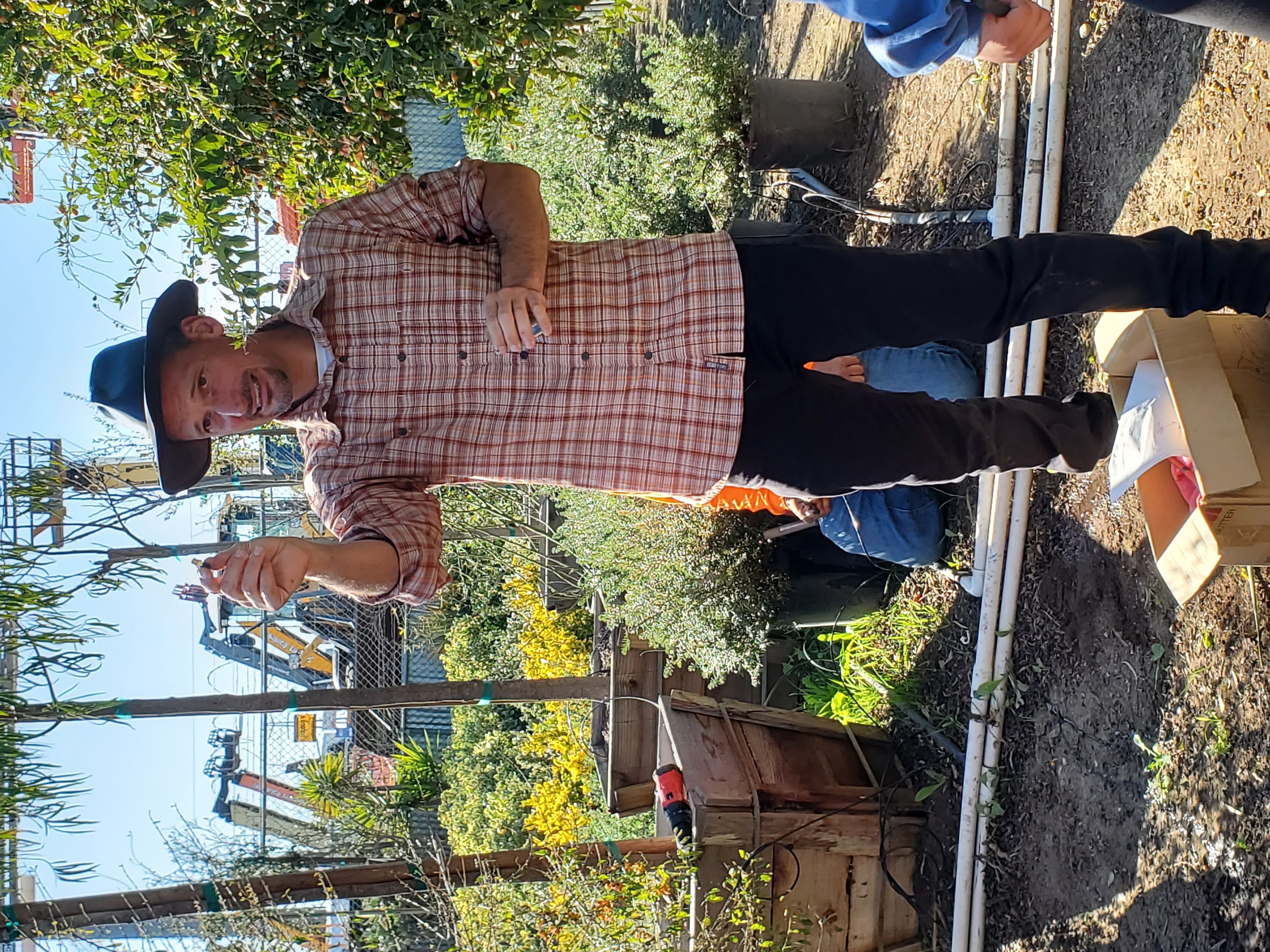Pipe Dreams and Pressure Gauges
An Irrigation Training from UC Cooperative Extension
Quick Summary
- Nursery growers attended a hands-on irrigation training led by UC Cooperative Extension Advisors.
- Participants learned how pipe size, elevation, and system design affect water pressure and distribution.
- The training helped them improve water use and system performance.

We are all feeling the pressure of summer heat, and so are our irrigation pipes! Fortunately, the pipes aren’t cracking (reminder to check your pressure regulators), and neither are California’s nursery growers. A recent hands-on irrigation training designed to help nursery growers improve water use efficiency and system performance was led by UC Cooperative Extension Advisors. The training provided both foundational knowledge and practical demonstrations tailored for container nursery systems.

The workshop opened with an overview of nursery irrigation practices, highlighting how irrigation system design affects water pressure. Attendees learned how elevation can lead to uneven water distribution and how pipe size influences water flow.
In the hands-on demonstration, participants measured the distribution uniformity of both sprinklers and spray stakes, giving them a better understanding of watering performance.
How do you determine your operating pressure or understand how many valves you can open simultaneously? One effective way to evaluate irrigation line pressure is by installing pressure gauges directly into the irrigation lines. You must measure it, so the participants installed their own cost-effective valves and will be using them at their own nurseries.
When was the last time you measured your irrigation pressures?
Learn how: https://youtu.be/WpOTthbWKQU?si=bE7oTXZdEygxuCsA
